Ryszard Porada, Norbert Mielczarek (auth.), Wojciech Mitkowski, Janusz Kacprzyk (eds.)978-3-540-76994-1, 978-3-540-85065-6, 978-3-540-85067-0, 978-3-540-85125-7
Dynamics is what characterizes virtually all phenomenae we face in the real world, and processes that proceed in practically all kinds of inanimate and animate systems, notably social systems. For our purposes dynamics is viewed as time evolution of some characteristic features of the phenomenae or processes under consideration. It is obvious that in virtually all non-trivial problems dynamics can not be neglected, and should be taken into account in the analyses to, first, get insight into the problem consider, and second, to be able to obtain meaningful results.
A convenient tool to deal with dynamics and its related evolution over time is to use the concept of a dynamic system which, for the purposes of this volume can be characterized by the input (control), state and output spaces, and a state transition equation. Then, starting from an initial state, we can find a sequence of consecutive states (outputs) under consecutive inputs (controls). That is, we obtain a trajectory. The state transition equation may be given in various forms, exemplified by differential and difference equations, linear or nonlinear, deterministic or stochastic, or even fuzzy (imprecisely specified), fully or partially known, etc. These features can give rise to various problems the analysts may encounter like numerical difficulties, instability, strange forms of behavior (e.g. chaotic), etc.
This volume is concerned with some modern tools and techniques which can be useful for the modeling of dynamics. We focus our attention on two important areas which play a key role nowadays, namely automation and robotics, and biological systems. We also add some new applications which can greatly benefit from the availability of effective and efficient tools for modeling dynamics, exemplified by some applications in security systems.
Table of contents :
Front Matter….Pages –
Modeling of Chaotic Systems in the ChaoPhS Program….Pages 1-20
Model of a Tribological Sensor Contacting Rotating Disc….Pages 21-27
The Bifurcations and Chaotic Oscillations in Electric Circuits with Arc….Pages 29-42
Soft Computing Models for Intelligent Control of Non-linear Dynamical Systems….Pages 43-70
Model Reference Adaptive Control of Underwater Robot in Spatial Motion….Pages 71-83
Feedback Stabilization of Distributed Parameter Gyroscopic Systems….Pages 85-97
Stabilization Results of Second-Order Systems with Delayed Positive Feedback….Pages 99-108
A Comparison of Modeling Approaches for the Spread of Prion Diseases in the Brain….Pages 109-117
Ensemble Modeling for Bio-medical Applications….Pages 119-135
Automatic Fingerprint Identification Based on Minutiae Points….Pages 137-152
Image Filtering Using the Dynamic Particles Method….Pages 153-163
The Simulation of Cyclic Thermal Swing Adsorption (TSA) Process….Pages 165-178
The Stress Field Induced Diffusion….Pages 179-188
Back Matter….Pages –
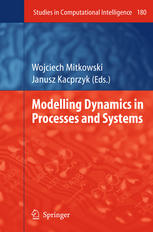
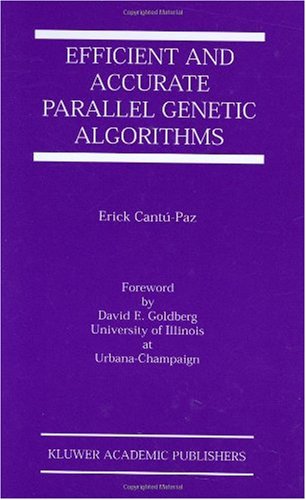

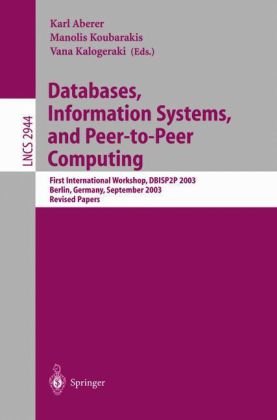

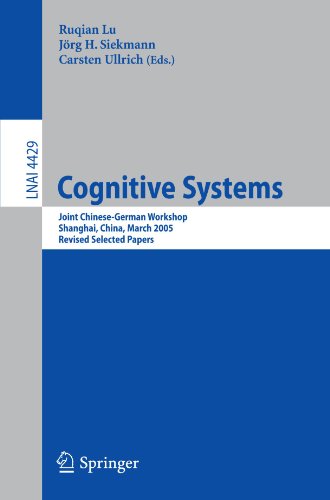
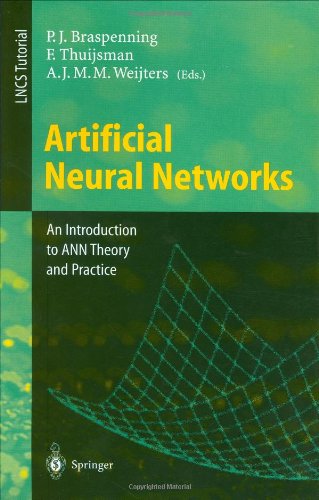
Reviews
There are no reviews yet.